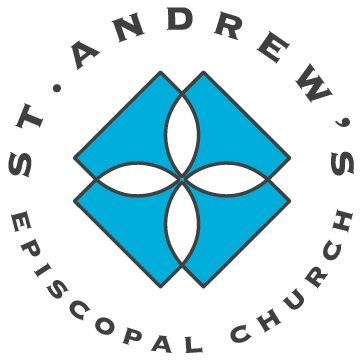How The Book of Common Prayer Came To Be
/Thomas Cranmer, Archbishop of Canterbury and Martyr, 1556
Every time you reach into the pew rack and pick up the Book of Common Prayer, think of Thomas Cranmer. He was the Archbishop of Canterbury during the tumultuous English Reformation in the mid 16th century. It was a time when Protestant and Catholic forces were in the midst of a violent conflict as the country was torn apart (in some cases, literally) after Henry VIII led the separation of the Church of England from the Roman Catholic Church. After the split, services were held in English, with variations from parish to parish. Cranmer recognized the importance of a complete, uniform liturgy. Rather than promote harmony, the book further polarized the country.
After the death of Edward VI, Catholic Mary I took the throne. Cranmer's enemies had no problem imprisoning him for heresy and did so easily. After two years, he was coerced into recanting. After signing the forced confessions, he was promptly sentenced to be burned at the stake. Given the chance to give one last sermon, he used it to recant again. He was pulled from the pulpit and tied to the stake.
His last words were "Lord Jesus, receive my spirit... I see the heavens open and Jesus standing at the right hand of God." Powerful words from a powerful man, and one of many who paid the ultimate price for wonderful Book of Common Prayer we are now free to use.
Is the Book of Common Prayer Your BFF
If you would like to learn more about the Book of Common Prayer, please join us over the coming weeks on Sunday mornings in the Adult Education class library. Kevin Robertson will be on hand to lead the discussion.
Thomas Cranmer, Archbishop of Canterbury and Martyr

